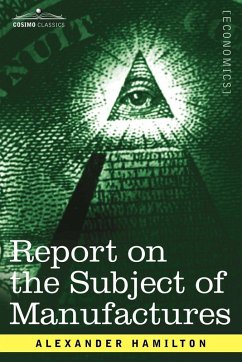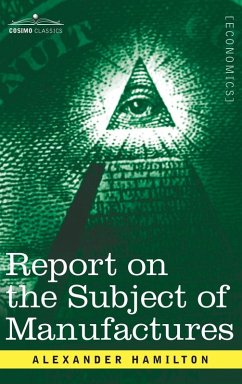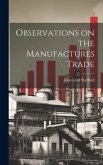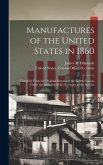On December 5th, 1791, Alexander Hamilton, then the first U.S. Secretary of the Treasury, delivered to the House of Representatives a speech on the state of the economy of the young nation, and the best ways to promote it. This sixth edition, published in 1827, features two prefaces that place in context this groundbreaking treatise. Quite literally a foundational document of the United States, Hamilton's philosophy heartily endorses industrial subsidies and trade tariffs and embraces immigration and new technology. It established the underpinnings of the American economy for a century, and more. A towering figure of 18th-century history, American Founding Father ALEXANDER HAMILTON (1755-1804) was one of the new nation's first constitutional lawyers. As one of the authors of the Federalist Papers, which interprets the intent of the United States Constitution, his legal writings continue to be consulted and even revered today.
Bitte wählen Sie Ihr Anliegen aus.
Rechnungen
Retourenschein anfordern
Bestellstatus
Storno









![Report of Committee and Hearings Held Before the Senate Committee On Manufactures Relative to Foods Held in Cold Storage [Apr. 25-June 2, 1910] Report of Committee and Hearings Held Before the Senate Committee On Manufactures Relative to Foods Held in Cold Storage [Apr. 25-June 2, 1910]](https://bilder.buecher.de/produkte/69/69260/69260981m.jpg)